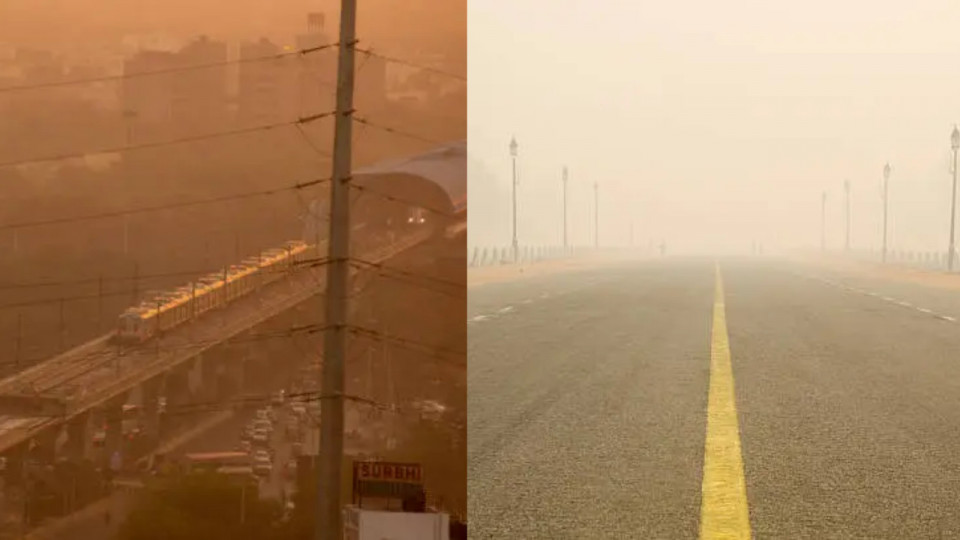
Delhi AQI Today: Air Quality Worsens Ahead of Diwali, Dwarka and Anand Vihar Cross 300 — Check Full List (Image Credit- Unsplash)
National News: As winter begins, Delhi’s air quality has started getting worse again. On Thursday morning around 4:45 a.m., the city’s Air Quality Index (AQI) was 210, which means the air was ‘poor.’ Officials said Delhi’s air stayed in the poor category for the second day in a row, and in some parts, it even went above 300, reaching the ‘very poor’ level. The Air Quality Early Warning System has said that the pollution level may remain the same in the next few days. On Wednesday, five out of 38 air monitoring stations in Delhi showed ‘very poor’ air quality.
As per the data from the Central Pollution Control Board (CPCB), Anand Vihar recorded the highest AQI at 345. This was followed by Wazirpur at 325, Dwarka Sector 8 at 314, and Delhi University North Campus and CRRI Mathura Road, both at 307. Twenty monitoring centers in the capital reported air quality in the ‘poor’ category, while 13 centers showed AQI in the ‘moderate’ range. Overall, Delhi’s 24-hour average AQI stood at 233, which falls under the ‘poor’ category. According to the CPCB, an AQI between 0–50 is considered ‘good,’ 51–100 ‘satisfactory,’ 101–200 ‘moderate,’ 201–300 ‘poor,’ 301–400 ‘very poor,’ and 401–500 ‘severe.’
According to data from the Decision Support System (DSS), the biggest contributor to air pollution on Wednesday was emissions from transport, which accounted for 16.7% of total emissions. Satellite images revealed 136 incidents of stubble burning across six states on Wednesday. These included 46 cases in Uttar Pradesh, 11 in Punjab, 7 in Haryana, and 1 in Delhi. The India Meteorological Department (IMD) reported that Delhi recorded a maximum temperature of 32.5°C on Wednesday, which was 0.7°C below normal, while the minimum temperature was 18.3°C, 1.3°C below the seasonal average. The IMD has predicted mostly clear weather for Thursday, with minimum and maximum temperatures likely to hover around 17°C and 32°C respectively. The Commission for Air Quality Management (CAQM) has announced the implementation of Stage 1 of the Graded Response Action Plan (GRAP). This phase focuses on strict monitoring of open burning activities and implementing dust control measures. GRAP-1 aims to reduce pollution at its source, particularly from dust, vehicles, and industrial emissions. Under the current restrictions in the National Capital Region (NCR), measures have been enforced to control these pollution sources.













Copyright © 2025 Top Indian News
